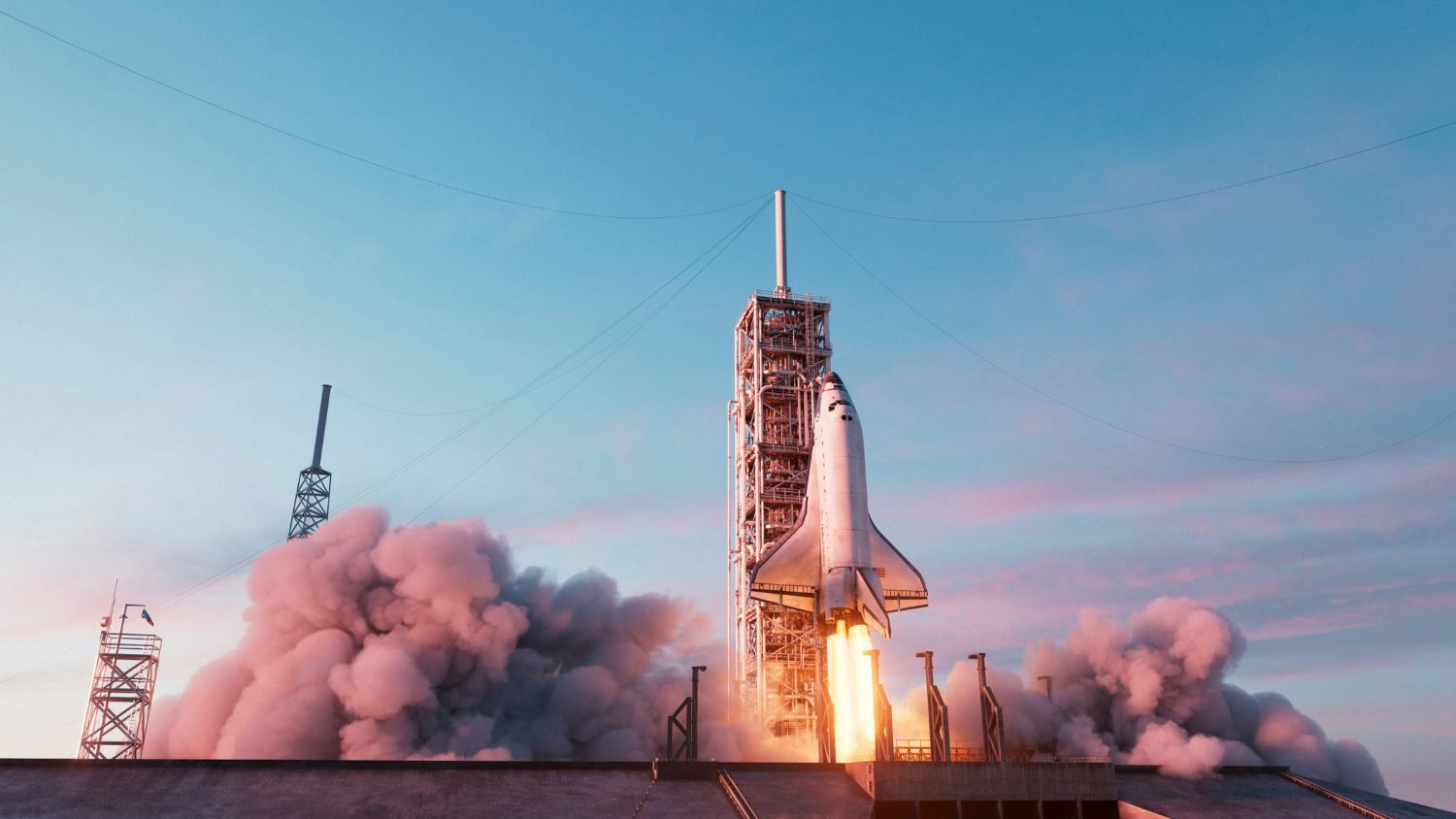Mining Metals in Space: What the Latest Mission Tells Us About the Future of Critical Materials
.png?width=50)
Asteroid mining is back in the spotlight as private companies test spacecraft designed to locate platinum group metals in space. While commercial extraction may be decades away, researchers already depend on ultra-high purity PGMs here on Earth to drive breakthroughs in clean energy, catalysis, and advanced technologies.
The search for new sources of critical metals has moved beyond Earth’s surface and into deep space. A recent mission by the US start-up AstroForge has drawn attention to the possibility of mining asteroids for rare and valuable elements such as platinum, rhodium, and iridium — three of the platinum group metals (PGMs).
PGMs include platinum, palladium, rhodium, ruthenium, iridium and osmium. They are highly valued for their catalytic activity, corrosion resistance, and high melting points, making them indispensable for technologies such as fuel cells, catalytic converters, hydrogen energy systems, electronics, and medical devices. Because these metals are exceptionally rare, even small deposits can carry extraordinary value — rhodium, for example, is priced in the hundreds of thousands of pounds per kilogram.
Why Scientists Are Exploring Asteroids for Platinum Group Metals
Asteroids are thought to contain higher concentrations of PGMs than Earth’s crust. Even small samples could, in theory, yield materials worth hundreds of thousands of pounds per kilogram. The potential for abundant, relatively pure deposits explains why scientists and investors continue to explore space as a long-term resource frontier.
However, many experts remain cautious. Extracting and processing ore without gravity, transporting it back to Earth, and managing the environmental footprint of launches are just some of the hurdles still to overcome. Some argue that asteroid mining may make more sense for building an off-Earth economy — supporting satellites, space stations, or lunar bases — rather than supplying terrestrial demand.
How Ultra-Pure PGMs Are Powering Research on Earth
Asteroid mining may still be decades away, but the drive behind it highlights a critical point: access to ultra-pure PGMs is already shaping innovation here on Earth. From hydrogen energy to medical devices and quantum technologies, researchers depend on high-purity foils, wires, and sheets to produce reliable results.
At Advent, we supply metals with purity levels up to 99.999% to universities, research institutes, and technology developers worldwide. The same platinum, rhodium, and iridium that space companies are chasing in asteroids are being used right now in laboratories to push the boundaries of energy storage, catalysis, and advanced materials science.
The Future of Critical Metals: From Earth Mines to Space Exploration
The renewed interest in asteroid mining demonstrates how critical PGMs will define the future of both Earth-bound and space-faring industries. Whether sourced from terrestrial mines, recycled from existing products, or — one day — extracted from asteroids, the need for purity and reliability will remain constant.
For researchers today, the frontier is already here. Access to ultra-high purity metals is not science fiction; it’s the foundation of cutting-edge discovery.
